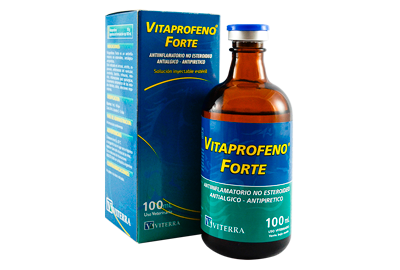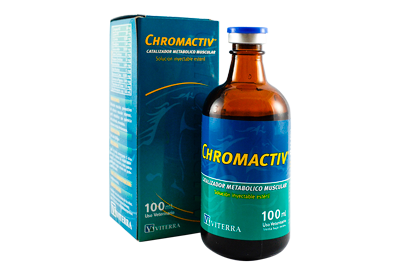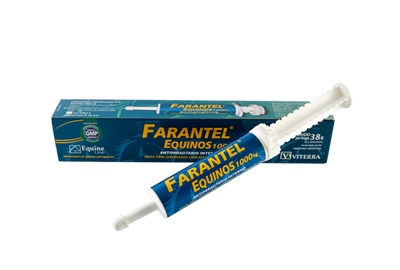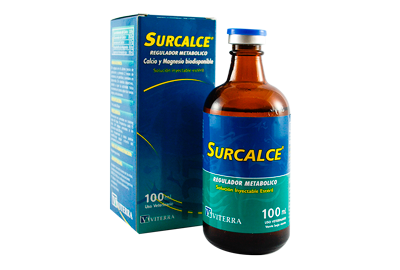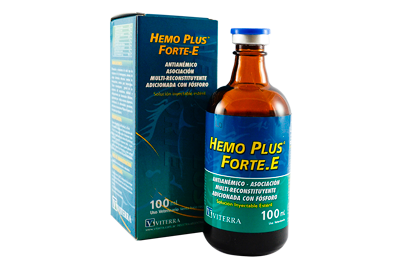Investigation
Recovery

Field Test with Recovery®
Introduction
High intensity exercise requires the maximum involvement of nearly all the organic systems, and for this reason it produces a lot of stress for the horse. Among the modifications produced by rigorous exercise, we can find a marked reduction in energy storage at muscular level, a large quantity of metabolic waste which makes for an increase in hepatic metabolism , inflammation responses of the soft tissue and muscular micro-injuries which require repair and restructuring of the tissue. What is more, some kinds of exercise as well as some medical treatments induce a marked loss of electrolytes. These above mentioned modifications together with some others, cause a delay of a few hours to several days, depending on the involved organs or tissues, for full recovery from the effort expended.
The modifications mentioned above are well known and it would be very beneficial on the one hand to be able to reduce to a maximum level the harmful effects which the above produce and on the other hand to be able to shorten the recovery time after great exertion. If these objectives can be accomplished then the sporting life of a horse will be lengthened and there will be less risk of suffering from injuries.
Recovery is a product developed with the objective of restoring energy and electrolytes and of lessening fatigue in and restoring muscular tissue.
Aim
To assess whether Recovery produces some positive effect in the recovery of sport horses after hard exertion.
Materials and Methods
Four male horses with an average age of 3 and 464 kg live weight. They were assessed at first instance as a control group and later, after three weeks of administering Recovery (problem group).
The exercise test was done on a Treadmill and the hemograms and enzymograms were done with an Abbott Aerocet auto-analyzer.
The test consists of a pre -warming up of 1 min. at 1.7 m/s and 4 mins at 4 m/s. Then it continues with stages of 1 min. duration and increasing speeds at 1 m/s until fatigue level is reached. The post-exercise recovery consists of 4 min. at 4 m/s and 1 min at 1.7 m/s. All exercises were done with a slope of 3%.
So as to develop the best way of assessing the excellence of the product when the horses worked as a problem group, two tests of maximum effort were done with 72 hour difference between them. In this way an important physical exertion was generated with a low risk of suffering injuries from over-exhaustion.
The administering of Recovery was made according to the prescribed doses for the product within 30 min. of the post-exercise, as well as at the 24, 48 and 72 hours thereafter.
Sampling consisted in taking blood from jugular vein prior to testing at 1 min., 12, 24, 48 and 72 hours post-exercise.
Results and Debate
Changes in metabolites: Lactate is the main metabolite generated in high intensity exercise and for that reason it was decided to analyze that. In table 1 a significant lactate increase can be observed, both in those of the controls and those supplemented with Recovery 1
min. post-exercise.
A significant reduction in lactate is also observed at 24 hours post-exertion in those horses which received Recovery. Lactacidaemnia does not only depend on the intensity and duration of the exercises but also on the muscular pattern and on the relation of capillary fiber that each horse has. The concentrations here observed, which although they are not as high as those observed after races in thoroughbred horses (there are records of up to 22/25 mmol/L), show that the exercise was really severe. On the other hand, the lactate values 24 hours after testing in the Recovery group are values that although they show a significant difference to the control group, have not yet reached the values of an animal in repose (0.8-1.2 mmol/L).
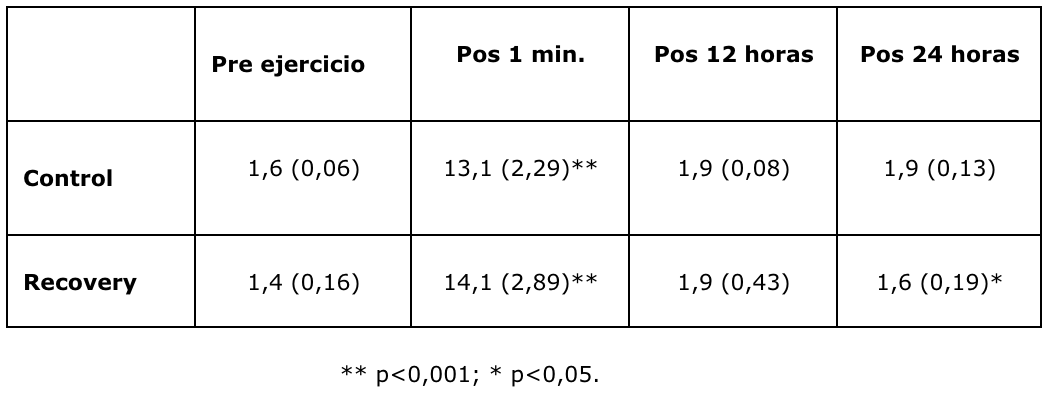
Hepatic metabolism: This assessment was made by means of Gamma GT enzymes and alkaline phosphatase. Gamma GT did not show significant differences between both groups, as also with the values of the same in the reference values (results not shown). The alkaline phosphatase enzyme did not show significant differences for both groups in the different stages of sampling, but it showed a slight increase in the control group contrary to the decrease observed as time passed in the Recovery group.
It is important to point out that due to the methodology used in the Recovery group, the base values of alkaline phosphatase were not only significantly higher than those of the control group but were well over the reference values. This emphasizes the excellence of the product as an even more significant increase of the enzyme would have been expected after the second test, had the product not had an effect.
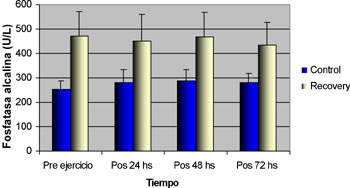
Inflammation: One of the unspecified indicators of inflammation is fibrinogen. This is measured in the plasma and values no higher than 200 mg/dl are considered normal. Only the control group showed a significant increase(p<0.05) 48 hours after the testing compared with the values of when the horse is in repose, while the Recovery group did not show a significant increase of the same. Here, as was observed with the alkaline phophatase, the concentrations of fibrinogen in the Recovery group were significantly different due to the wear and tear produced by the first test. This result, as with the prior one, only goes to show the excellence of the product.
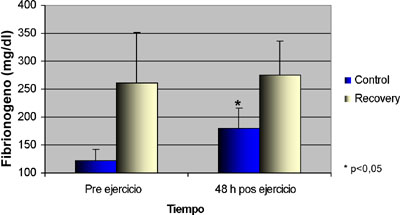
Muscular injury: The enzymes generally assessed are CK within the first 24 hours and AST from 24 hours post-exercise onwards and during a period of 5 days, due to its extended average life. CK did not show significant differences between pre exercise values and post-12 and -24 hours in both groups (results not shown). On the other hand AST had a significant increase (p<0.05) between the values pre exercise and those of 72 hours post exercise in the control group. Neither of the groups, both CK enzyme and AST enzyme, widely exceeded values of reference (250 U/L) in post-test samplings. These results correspond to what was observed, where no horse showed evident signs of miopathy produced by exercise.
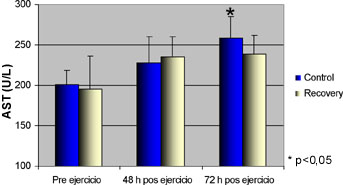
Electrolytes: During the exercise electrolytic waste (Na++, Cl- y K+) is produced by sweat, as well as loss of them with the application of diuretics. Control group showed significant differences only in Chlorine and Sodium between the values of pre-exercise and post-24 hours (p<0.01 y p<0.05 respectively). On the other hand, the Recovery group showed significant differences for the three assessed electrolytes. Chlorine showed significant difference ( p<0.005) between the values of repose and post-12 hours, while in Sodium it was between values of pre exercise and post-24 hours (p<0.05) while Potassium showed significant differences between the values of pre-exercise and post-12 hours (p<0.005).
These results emphasize the fact that Recovery contributes to the replacement of Chlorine and Potassium since the significant increase post-12 hours is a consequence of the same due to the lack of consuming food at the moment of sampling.
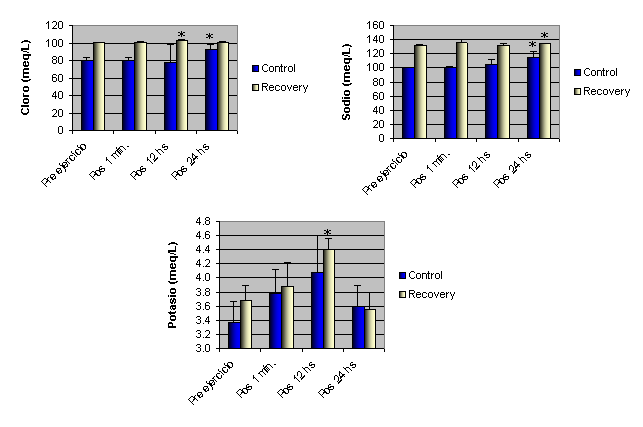
Energy: It has been proved that exercise produces an increase in glycemia, as it can be seen in both groups. 12 hours post exercise the control group shows a significant decrease of it while Recovery group, though it shows a decrease, it does not reach the values of pre- exercise
These results show that Recovery contributes glucose and in this way allows for the replacement of muscular glycogen consumed during physical activity.
Conclusión
Recovery proves to have a beneficial effect on the elimination of metabolites produced during physical activity; in the prevention of muscular injury; in the replacement of Chloride and Potassium and the replacement of part of energy consumed during exercise. Finally, it showed a tendency to protect the liver in moments when the liver is subjected to a high metabolic rate
Other investigations
Official Certificate N°013-2016 emitted by SENASA
GMP - Good Manufacturing Practice for Veterinary Drugs
Viterra
Contact
- (+54 11) 4855 9410
- info@laboratoriosangroinsumos.com
- Caldas 175, Capital Federal, Buenos Aires, República Argentina
